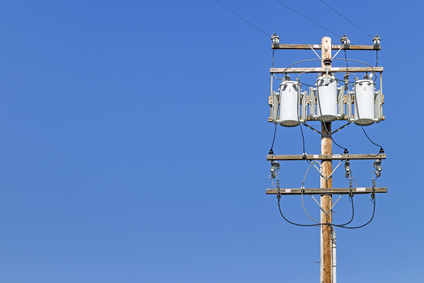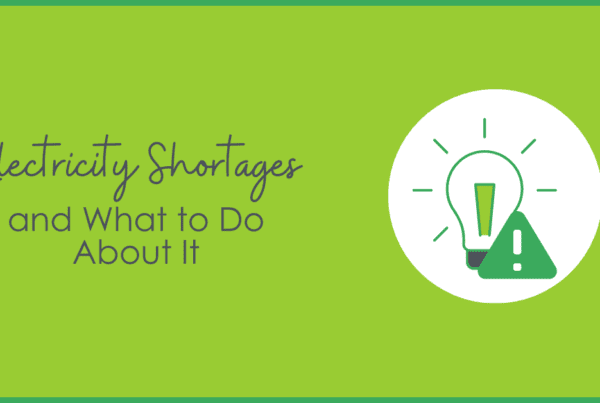
Perhaps I am naïve, but to be more effective it seems interveners would do well to understand motives of profit-driven enterprises and their customers. Consider, for example, this recent article in Midwest Energy News lamenting CenterPoint Energy’s withdrawal from decoupling. You may recall a post I made eons ago where I described the perverse impact of decoupling on prices for consumers. Allow me to recap.
Utilities have fixed cost of hardware and labor to deliver energy to customers – poles, wires, pipes, transformers, compressors, trucks, etc. This stuff makes up the rate base and fixed cost of energy delivery. They also have fuel charges in the case of thermally generated power and of course natural gas as a fuel directly for end users.
With the traditional model, utilities are paid largely by unit of energy consumed, more so for residential and small business customers without electric demand meters, which are too expensive to cost-justify. Natural gas is simpler to conceptualize. In this case, utilities get a more immediate impact on cash flow with volatility of energy consumption – say a hot summer for electricity consumption or a cold winter for natural gas consumption. This results in variable customer charges (energy consumed) paying for the fixed cost. Over time, customers pay for rate base and fuel fair and square as determined by regulators.
With decoupling, the rate base portion of the cost is adjusted more immediately – like the next year. Sell a lot of gas this year, and next year would include a lower rate-base charge per therm to true-up this charge/revenue.
I do not know this, but the traditional pricing model trues up ROI on a rate-case-cycle, which is longer, possibly much longer, than a year. Even then I imagine it may not be as “leveled” as a decoupling case would be. However, to be sure, utilities like more sales. Natural gas utilities like cold weather. They, like everyone else, like to be paid sooner rather than later, and that’s what happens with cold weather.
Anyway, the theory of decoupling removes the allure of higher sales, and the disincentive for utilities to do energy efficiency. Market perversions include potential for customers getting hit with higher costs in an economic downturn – or in a second of consecutive years they really get dumped on.
Back to the Midwest Energy article: CenterPoint Energy was an early adopter of decoupling in Minnesota – but it was some sort of half baked decoupling. It didn’t work. For example, the article says that for 2012, the decoupling resulted in CenterPoint Energy getting the short end by $20 million. The decoupling algorithm resulted in customers being refunded $2.6 million the following year. Gee. I can’t understand why they wanted out of that model!
The Minnesota attorney general states the withdrawal from decoupling shifts too much cost and risk onto customers. Hardly. The pendulum can swing either way. As the article describes it, customers would get whacked by the full brunt of fixed and variable (commodity) costs in any given year – as true-up occurs the following year. So, a warm year with low revenue could be compensated for adding revenue to the following year, which could be cold, thus piling on volatility, and I assume that means “risk”.
By the way, the commodity, natural gas, costs are passed through to customers with no markup by the utility. This part is set by the market – supply meets demand with prices controlling. It’s a commodity; buyers and sellers hedge.
The article says decoupling withdrawal shifts risks onto residential and small business customers “while omitting larger industrial users”. Larger industrial users buy transport gas, perhaps from the wellhead or some depot in Oklahoma (not sure). The smaller users buy gas from CenterPoint Energy, which uses its muscle as a large aggregate buyer with buyers who do this for a living, to get low rates. Both classes are subject to the same risks. The noted risk for residential and small business would apply more to electricity, where for large industrials, the energy and demand (rate base charges) are disaggregated, but not so for residential and small commercial customers So, I’m wondering, does the AG’s office understand how this works? I see less difference this way between natural gas customer groups.
And here’s another whopper. CenterPoint Energy’s case is to increase the fixed charge from $8 to $15 in exchange for lower energy charges. This was opposed by the AG, environmental groups, and the state energy office. Good grief! Does this not present precisely the same impact as decoupling? It’s taking more fixed cost out of the variable charge, and making it a fixed cost! Less volatility. Less risk. Immediate disaggregation on every bill. Jeezo! They go on to say the higher fixed cost will make EE paybacks longer. Well, so does decoupling! You cannot have it both ways. You cannot de-disincentivise the utility’s motives to do EE, while at the same time not de-disicentivise the customer’s motives for EE.
Finally, if this isn’t clear, let me make a guess. Electric utilities are generally more accepting of decoupling and natural gas utilities, less so. Why? Electric utilities face flat and declining sales. Natural gas utilities see rising sales driven by supply, demand (prices), fuel choice (transportation fleets versus petrol), and so on. Just a guess.






Join the discussion 2 Comments